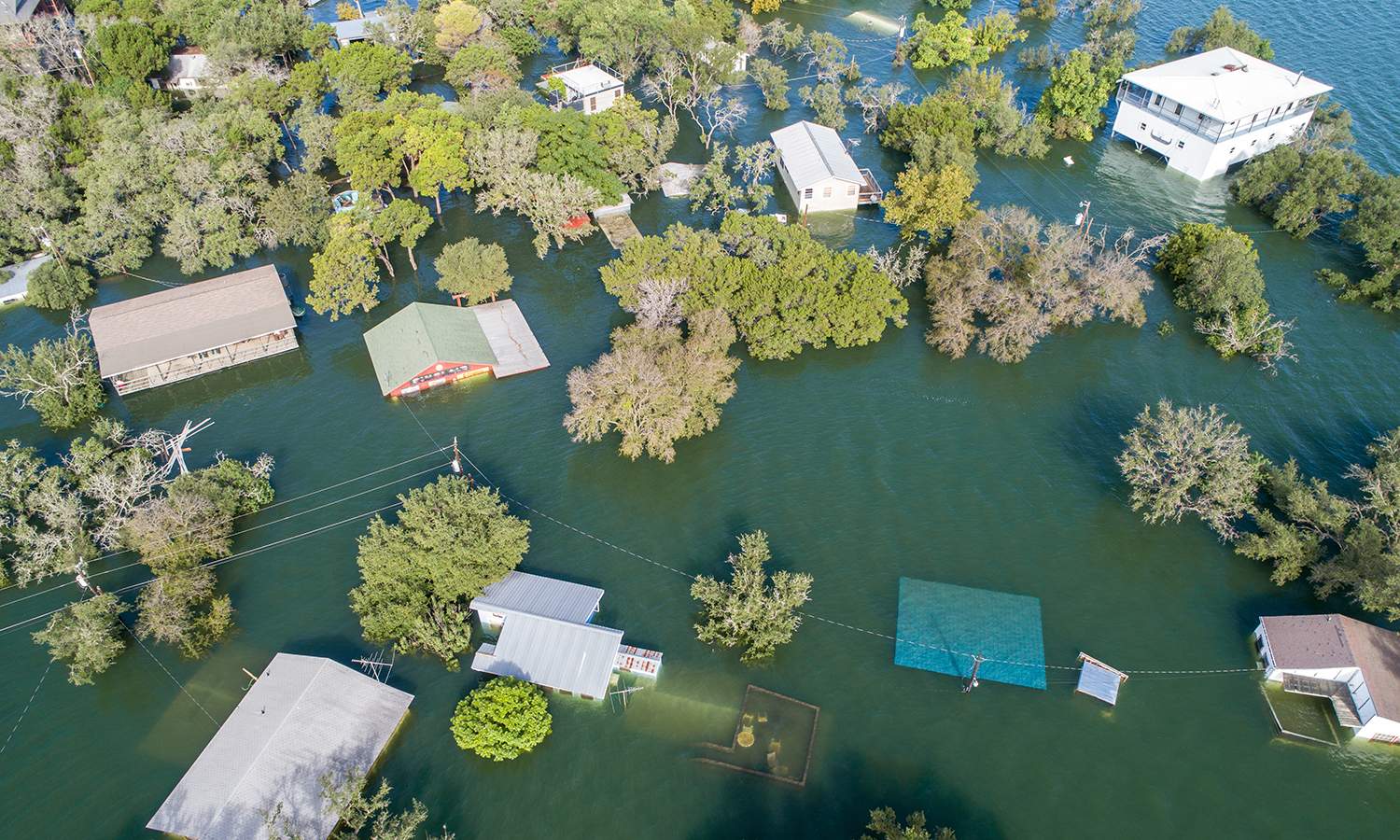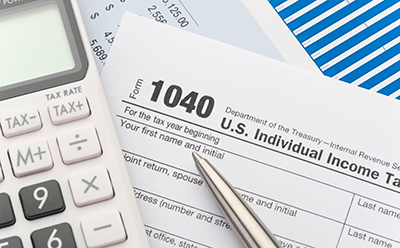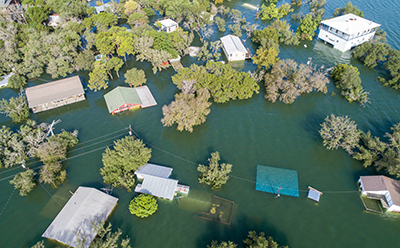Rebuilding Your Finances After a Natural Disaster
When disaster strikes, peace of mind often takes the biggest hit. In the aftermath, you may be grappling with more than just physical damage — you’re also facing the emotional toll of uncertainty, disrupted routines, and financial strain.

It’s not just about what was lost, but how to regain a sense of control and rebuild your foundation, both financially and emotionally. The road to recovery can feel overwhelming, but taking a few key steps can help you move forward with greater confidence and begin the rebuilding process.
Start With a Clear Financial Overview
- Document damage and loss. Take photos, save receipts, and note what’s repairable versus what needs replacing. That documentation will help with insurance and aid claims.
- List immediate expenses. Include essentials: alternate housing, food, medicine, etc.
- Track income and ongoing bills. Even after the storm passes, your utility, insurance, and loan payments won’t stop. Create a simple budget for the next 60–90 days to stay ahead.
Tap Into Available Aid and Insurance
- File insurance and FEMA claims. FEMA grants can provide important relief, but they’re often just a starting point. Between 2017 and early 2024, FEMA’s Individuals & Households Program provided an average of roughly $3,030 per household.
- Look into SBA disaster loans. After the 2017 hurricanes Harvey, Irma, and Maria, the U.S. Government Accountability Office reported that the SBA accepted about 340,000 disaster loan applications and approved approximately 141,000, issuing over $7 billion in loans to homeowners, renters, businesses, and nonprofits.
- Apply for emergency funds early. Even partial payouts help. If you’re approved, track usage carefully to avoid running out.
- Submit everything thoroughly and follow up with FEMA, SBA, and insurers. Even minor paperwork issues can delay support.
» Keep in mind: Relief program details may shift based on policy updates and funding levels — check official sources for the latest.
Build Back Stronger
- Rebuild your credit with care. If you need to borrow, start with trusted lenders and explore low-interest options from your financial institution. Avoid payday loans or other high-cost borrowing that can trap you in long-term debt.
- Review your insurance coverage. If you live in an area prone to flooding, wildfires, hurricanes, or windstorms, talk to your insurer about adding supplemental coverage. Adequate insurance is key to reducing financial risk in future emergencies.
- Prioritize rebuilding savings. If you dip into savings or retirement, work to refill them gradually — your financial safety net matters long after the debris is cleared.
- Ask about credit relief. Some financial institutions may offer support in the form of eased terms on credit cards and auto loans, deferred payments, waived fees, or personalized recovery guidance.
- Lean on trusted help. Our nonprofit partner, GreenPath, offers free financial counseling to help you navigate debt, modify your budget, and regain stability. Rebuilding after disaster is stressful — but you are not alone.



